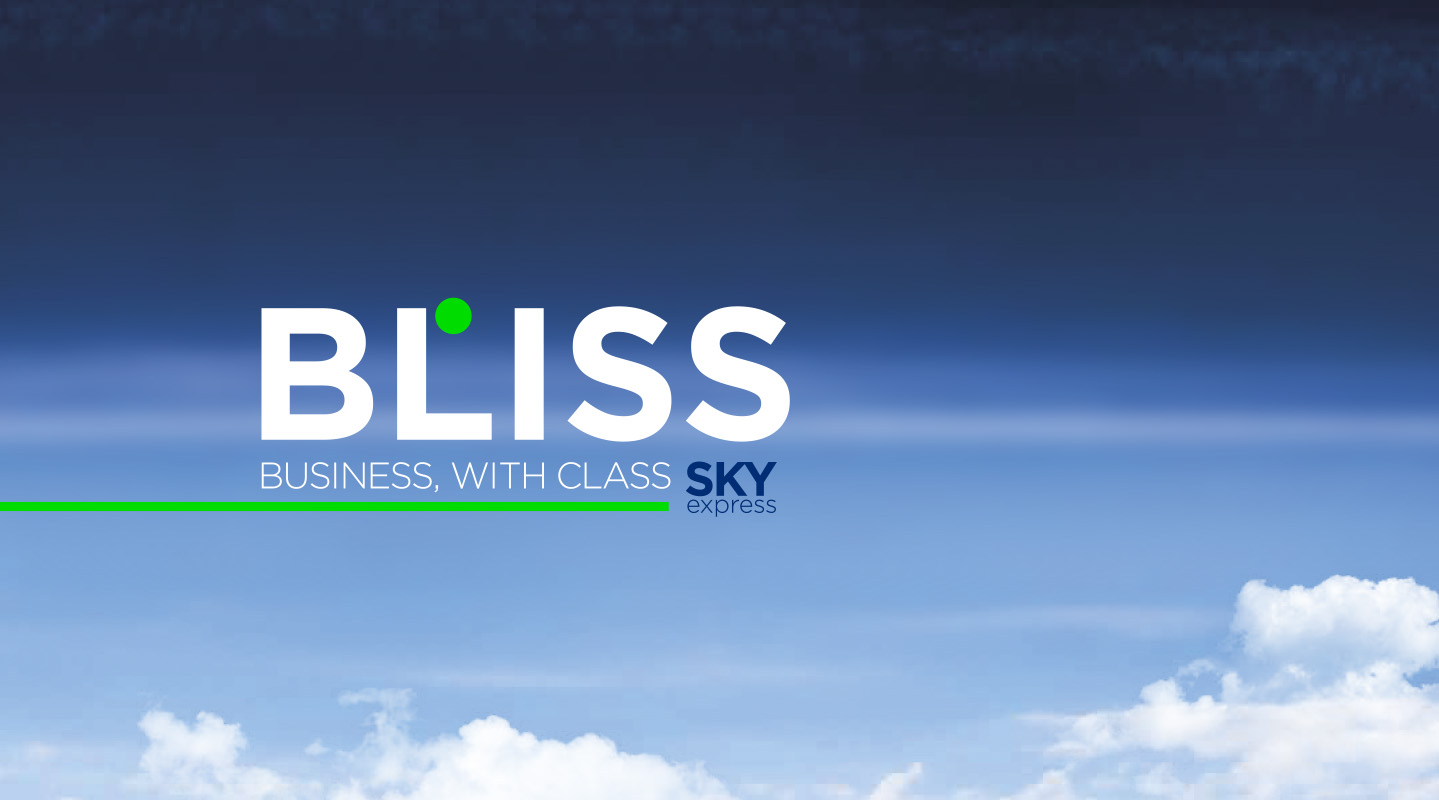The history of Lyon reflects its rich heritage as second largest city in France, and this heritage has greatly influenced its contemporary appearance. From the Roman era to the 20th century, and from the Renaissance to the French Revolution, the history of Lyon features particularly turbulent periods. In 43 B.C., the Romans established a military colony that they called Lugdunum, which eventually became the capital city of the Gaul region. Lyon reached the peak of its classical growth in the 2nd century A.D., when Christianity was first introduced, and was afterwards incorporated into the Holy Roman Empire in 1032, and was finally annexed to the kingdom of France in 1312. The Renaissance marked a period of economic prosperity and spiritual splendor. The establishment of trade exhibitions in 1464, along with the arrival of Italian trade bankers, provided Lyon with the opportunity to grow. In the 17th century, it became the silk capital of Europe. The years of the French Revolution were hard for the Lyon: its domestic market collapsed, and the closing of foreign markets resulted in a recession in the silk industry. To make matters worse, in 1793, Lyon was laid under siege by the republican Montagnards. Lyon's prosperity was restored in the 19th century, yet the city's urban development began as late as 1950's, after periods of stagnation and recession between 1920 and the end of the Second World War.















